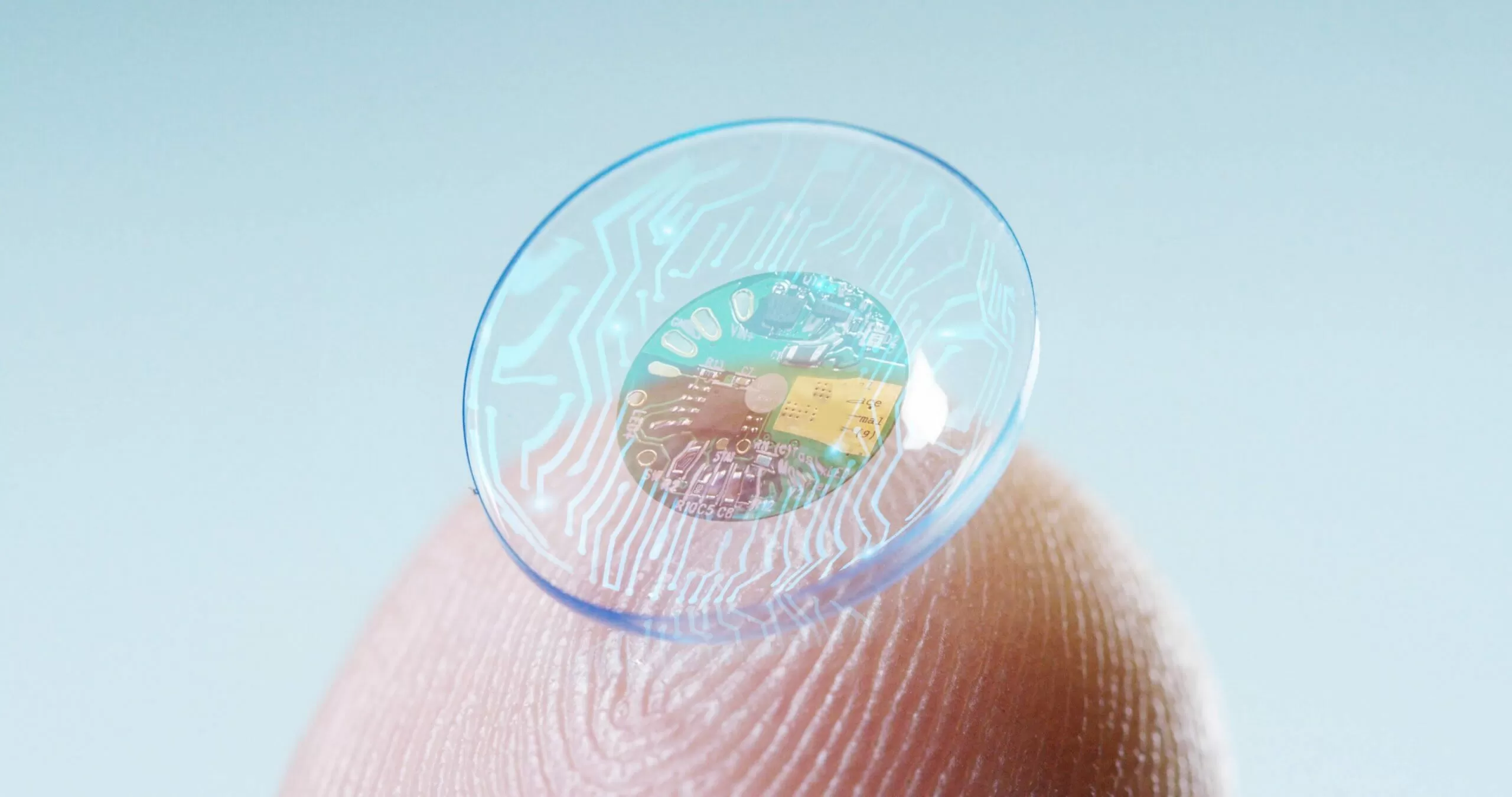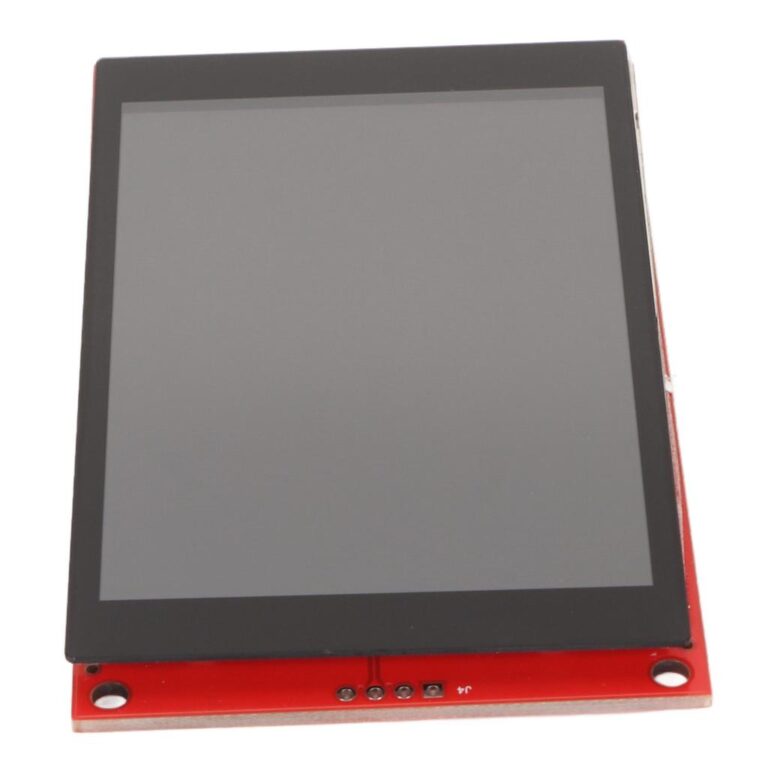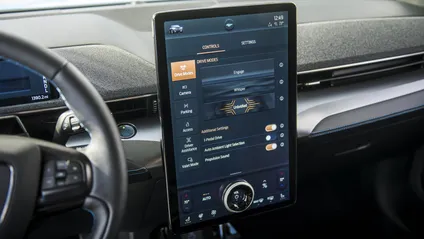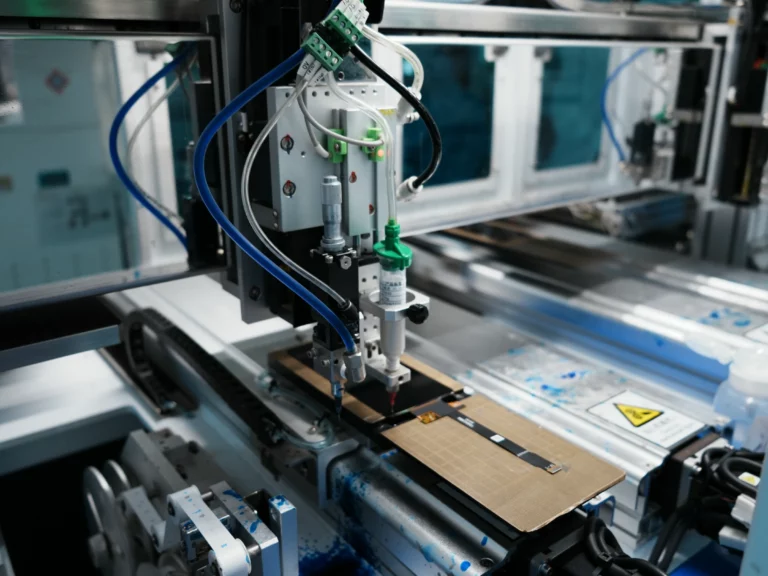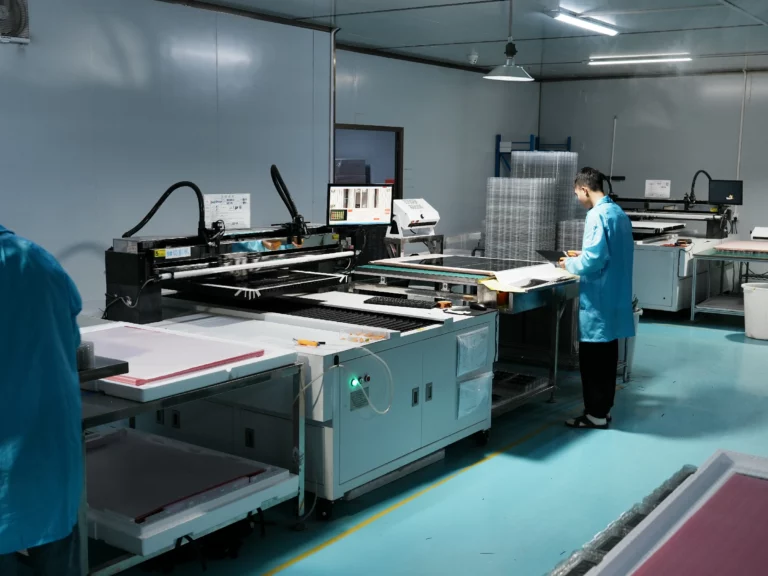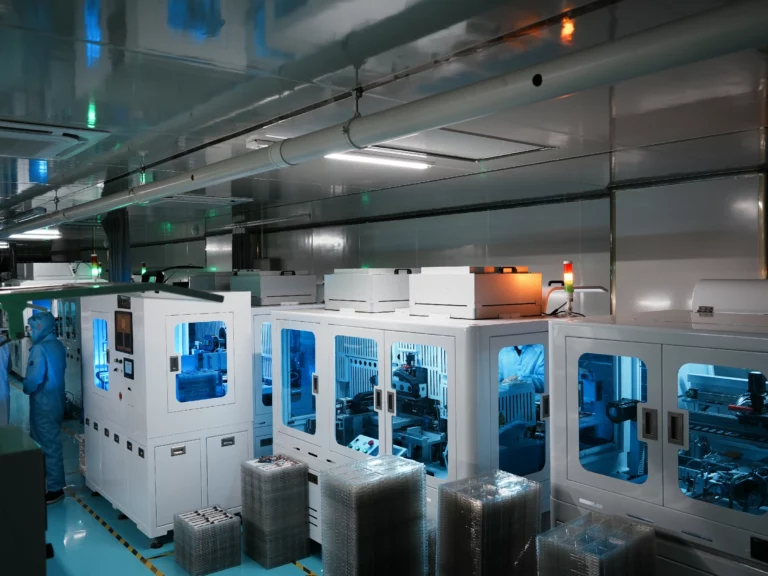The Dream Takes Shape: Early Concepts and Prototypes
Pioneering Proposals
The idea dates back to visionary inventors like Steve Mann, who sketched a bionic contact lens with an embedded display en 1999. These early ideas merged AR and miniature optics but remained conceptual due to technological constraints.
Google’s Smart Lens for Glucose Monitoring
In 2014, Google’s Verily unveiled a prototype sensory contact lens designed to measure glucose levels in tears with an embedded wireless chip and pinhole micro-sensor. Despite the innovation, the project was suspended in 2018, as tear glucose readings failed to correlate reliably with blood glucose.
Advanced R&D: CMST’s Electro-Optic Lens
Researchers led by De Smet in the 2010s developed thermoformed electro-optic layers inside a contact lens, including ultra-low power driver chips, micro-batteries, and hermetic protective coatings. This pioneering work demonstrated technical feasibility, albeit without full commercialization.
Breaking Ground: AR-Enabled Contact Lens Prototypes
Mojo Vision’s Ambitious Leap
Mojo Vision, founded in 2015, delivered perhaps the most advanced prototype: a microLED display con 14,000 pixels per inch (PPI) just 0.5 mm in diameter, combined with motion sensors, eye tracking, a custom ASIC, and a wireless communication system. A CEO demo in 2022 showcased on-eye AR overlays such as compasses and teleprompters.
However, by 2023 Mojo Vision pivoted away from smart lenses and laid off 75% of staff, retaining only its microLED technology.
XPANCEO and Multi-Functional Lenses
More recently, XPANCEO (2025) secured $250 million funding to develop smart contact lenses offering AR, night vision, optical zoom, tear-based biomarker sensors, intraocular pressure monitoring, and wireless power transfer. These lenses aim for medical niches before possible consumer rollout in the 2030s.
Other Academic and Prototype Advances
- South Korean researchers demonstrated a glucose-alert LED lens, with tear fluid sensors triggering visual cues.
- Retina-embedded displays using conductive thin films advanced low-tech prototypes.
- Military research prototypes explored AR overlay lenses for soldiers.
The Technological Tightrope: Engineering Challenges
Miniaturization and Fabrication
Integrating a display, sensors, power source, radio, and driver IC into a tiny biocompatible lens demands ultra-precise microfabrication—thermoforming liquid-crystal cells, encapsulating circuitry against tear fluid, and ensuring oxygen permeability.
Power and Energy Constraints
Mini-batteries or wireless power via NFC may power prototypes briefly; yet continuous power remains a challenge, complicated by heat and safety concerns.
Biocompatibility and Comfort
Long-term wear demands biocompatible materials that allow tear exchange. Overwear risks irritation, infection, or corneal damage.
Visual UX and Optical Design
Fitting meaningful AR content into a narrow ~50° field of view while avoiding optic fatigue requires collimated retinas, minimal interface clutter, gaze-based input, and dynamic brightness compensation.
Health, Safety & Privacy
Soft contact lens misuse can cause serious health issues. Electronic implants that continuously record visual data raise huge privacy and surveillance risks.
Regulatory Barriers
As medical devices, smart lenses need FDA approval—requiring extensive clinical trials and long-term safety data.
Market Viability & Business Models
High manufacturing cost, unclear consumer demand, and speculative revenue models make business scaling difficult. Mojo Vision’s pivot and Verily’s discontinued project illustrate these economic limits.
The Market Retreat: Why the Concept Lost Momentum
We’ve seen pioneering projects reach working prototypes—but none have reached market viability, for several intertwined reasons:
- Technical Overreach – multiple engineering hurdles remain unsolved.
- High Costs – manufacturing is too expensive.
- Funding Constraints – R&D investors pulled back.
- Regulatory Complexity – lengthy approvals deter momentum.
- Consumer Reluctance – hesitation about putting electronics on the eye.
- Privacy & Ethics – invisible surveillance concerns.
Lessons Learned: Why the Market Turned Away
- Factibilidad ≠ Demanda. El hecho de que existieran prototipos no significaba que los consumidores convencionales los adoptarían.
- Seguridad Primero. El ojo humano es delicado; una adopción masiva segura exige una biocompatibilidad casi perfecta.
- Alternativas Mejores. Las gafas de realidad aumentada y los teléfonos inteligentes siguen siendo más viables.
- Las Aplicaciones Enfocadas Triunfan. Las lentes de uso médico, como los sensores de presión intraocular, progresan más rápido.
El Camino por Delante: ¿Regresará Alguna Vez la Idea?
Aunque la lente con pantalla integrada y de uso generalizado no llegó a lanzarse comercialmente, las tendencias actuales podrían revivir partes del concepto:
- Aplicaciones Médicas – Lentes de monitorización de biomarcadores y glaucoma de XPANCEO.
- Diseños Híbridos – Lentes correctivas con óptica de RA pasiva.
- Wearables sin Contacto Ocular – Gafas de RA como soluciones prácticas.
- Tecnologías de Componentes – Los microLED de Mojo Vision beneficiando a otros dispositivos.
- Marcos Éticos – Regulación y confianza necesarias para su futura adopción.
Conclusión
El viaje de las pantallas LCD integradas en lentes de contacto fue un sueño tecnológico extraordinario—uno que exigía avances en microelectrónica, óptica e interfaces humano-máquina.
Aunque pioneros como Google, Mojo Vision y XPANCEO lograron avances notables, múltiples barreras—técnicas, de salud, económicas y éticas—acabaron por marginar su adopción generalizada.
A medida que la tecnología evoluciona, especialmente en contextos médicos y de asistencia, las implementaciones híbridas o parciales aún pueden triunfar. Pero por ahora, las lentes de contacto inteligentes con pantallas integradas siguen siendo una visión del futuro… no una realidad.


